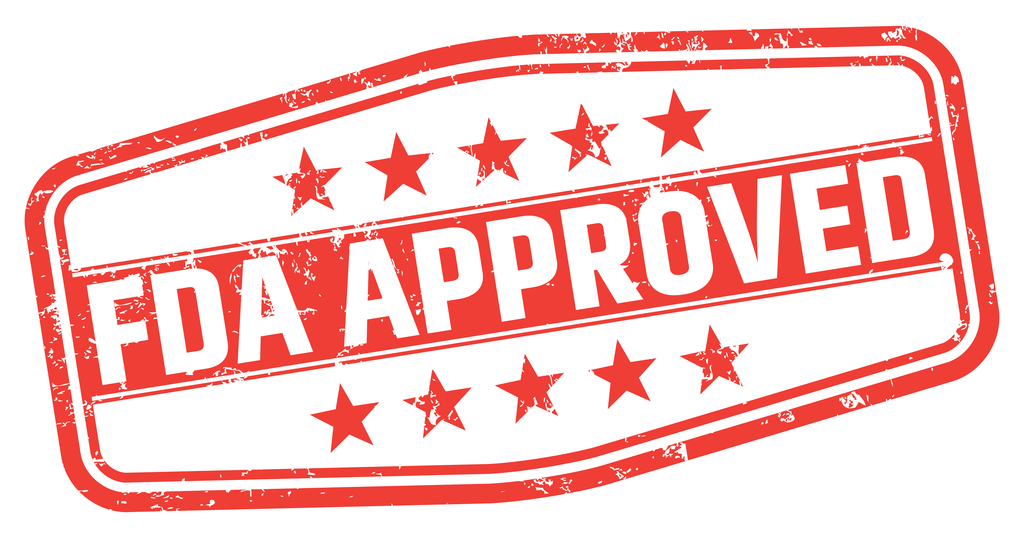FDA Approves Zeposia (Ozanimod), Oral Therapy for All with Relapsing MS
Written by |

The U.S. Food and Drug Administration (FDA) has approved Zeposia (ozanimod) oral capsules to treat adults with relapsing forms of multiple sclerosis (MS), including relapsing-remitting MS (RRMS), active secondary progressive MS (SPMS), and clinically isolated syndrome (CIS).
Due to the COVID-19 pandemic, however, when it will arrive in clinics for patient use is not yet known, Bristol Myers Squibb (BMS), which will market Zeposia, said in a press release announcing the approval.
“The Company made the decision based on what’s in the best health interest of our patients, customers and employees,” it said. “Bristol Myers Squibb will continue to monitor the environment and will partner with the neurology community to inform launch timing.
A sphingosine-1-phosphate (S1P) receptor modulator, Zeposia is the first in this class allowing people with relapsing MS to “initiate” treatment — via a recommended up-titration scheme before reaching a maintenance dose once-a-day treatment (0.92 mg) — without requiring a genetic test or a first-dose observation period, BMS said in its release.
“With the FDA approval of Zeposia, appropriate patients with relapsing forms of multiple sclerosis will have another oral treatment option with meaningful efficacy to help address the disease’s hallmark relapses and brain lesions,” said Samit Hirawat, MD, the company’s chief medical officer.
A small molecule, Zeposia selectively blocks S1P receptor subtypes S1PR1 and S1PR5 present at the surface of lymphocytes — white blood cells involved in the inflammatory attacks against nerve cell fibers (a hallmark of MS).
By blocking the activity of these receptors, it prevents lymphocytes from exiting the lymph nodes, entering the circulation, and reaching the brain and spinal cord, where they promote inflammation and nerve cell damage.
Zeposia belongs to the same class of compounds as Gilenya (fingolimod) and Mayzent (siponimod), two oral S1PR modulators by Novartis also approved for relapsing forms of MS. But, due to its higher selectivity to S1P receptors, Zeposia is thought to have a better safety profile than Gilenya.
“Treatment for relapsing forms of multiple sclerosis is critical to address this devastating neurological disease. I’m excited, with the introduction of Zeposia, I will have a new oral option to offer my RMS [relapsing MS] patients that has demonstrated efficacy and safety,” said Bruce Cree, MD, PhD, a professor of clinical neurology at the University of California San Francisco, Weill Institute for Neurosciences.
The FDA’s decision was based on positive data from two global Phase 3 clinical trials — SUNBEAM (NCT02294058) and RADIANCE part B (NCT02047734) — showing that ozanimod was superior to Avonex (an injectable formulation of interferon beta-1a by Biogen).
The trials compared the safety and effectiveness of two doses of ozanimod capsules (0.5 mg and 1 mg), given daily, to that of weekly intramuscular injections of Avonex for up to two years in people with RRMS or active SPMS.
Results from each trial showed that both doses led to significantly greater reductions in annualized relapse rates — the number of relapses per year — and brain lesions in these patients, compared with Avonex.
Zeposia’s use also led to significantly lesser brain atrophy (shrinkage), and to clinically meaningful improvements in patients’ cognitive processing speed.
Analysis of pooled data from both trials — covering 2,659 people treated over one to two years — highlighted that, compared with Avonex, Zeposia lowered the annualized relapse rates by 48% through one year, and 38% through year two.
Treated patients also showed a reduction in the rate of relapses requiring steroid treatment or hospitalization, by 43% in the higher dose group, and 26% in the lower dose group, again compared with those given Avonex.
Fewer T1-weighted gadolinium-enhanced brain lesions were evident on magnetic resonance imaging (MRI) scans of Zeposia-treated patients compared to those given Avonex, relative reduction of 63% at one year, and of 53% at two years. Likewise, the number of new or enlarging T2 lesions were lower in those given Zeposia compared to Avonex, a relative reduction of 48% at one year and of 42% at two years.
(A T1 image offers information about current disease activity by highlighting areas of active inflammation. T2 images provide information about disease burden or lesion load, essentially the total amount of lesion area, both old and new.)
The therapy, developed by Celgene, a subsidiary of BMS, was generally safe and well-tolerated. The most commonly reported adverse effects were upper respiratory infection, higher levels of liver enzymes (namely transaminase), orthostatic hypotension (blood pressure drop when standing or sitting), urinary tract infection, back pain, and hypertension (high blood pressure).
Zeposia is counter-indicated for relapsing MS patients who, in the last six months, had a heart attack (myocardial infarction), unstable angina, a stroke, evidence of heart failure, severe and untreated sleep apnea, or are using a monoamine oxidase (MAO) inhibitor, possibly to treat depression, BMS reported.
A marketing authorization request was also submitted to the European Medicines Agency, seeking Zeposia’s approval as a treatment for RRMS. This application is under review, with a decision expected in the first half of this year.
“Multiple sclerosis is an unpredictable and often disabling disease that affects nearly one million people in the United States. Ongoing treatment with disease-modifying therapy can reduce the number of disease attacks,” said Bruce Bebo, executive vice president of research for the National Multiple Sclerosis Society.
“Each person can respond differently to these medications, which is why having treatment options is so important. We are pleased that there will now be another effective treatment option for people with MS,” Bebo added.
Ozanimod is also being evaluated as a potential treatment for ulcerative colitis and Crohn’s disease.





